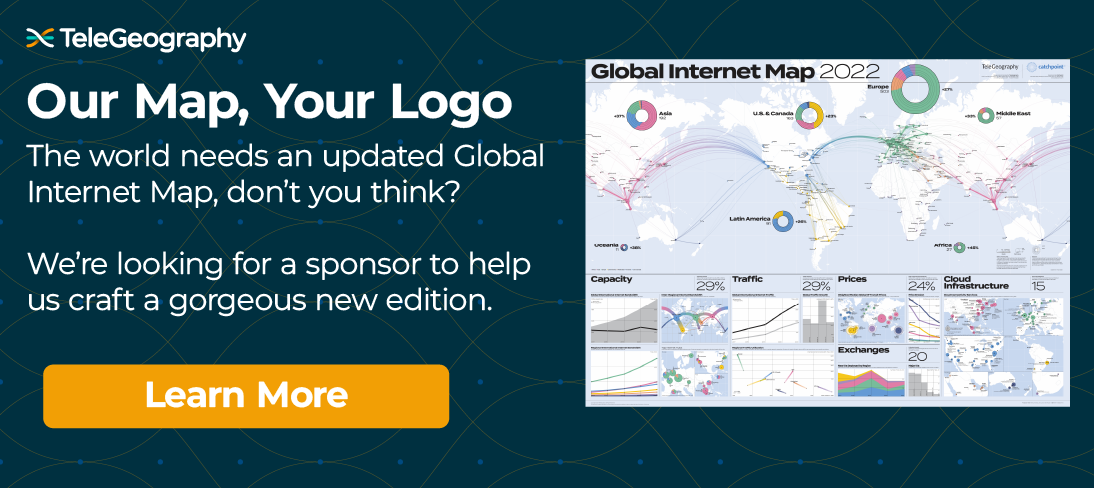TeleGeography’s Submarine Cable Map recently hit a new milestone: depicting over 600 cable systems.
As of September 2024, that’s a whopping 532 in-service systems, with another 77 planned.
The number of cable systems we study is constantly increasing. This is due to massive investment in this infrastructure—both along major routes and to small islands—as well as our ongoing efforts to track global systems in more detail.
The number of in-service systems is greater now than in any other year within the last two decades.
What’s included in this count?
We focus on publicly-known communications systems; undersea lines exclusively dedicated to power transmission, research networks, and private government use are excluded. Once cables are retired, we remove them from our online map.
Last year, I had the chance to join my colleague Greg Bryan on TeleGeography Explains the Internet to talk through the cable-tracking process.
You can listen to the full episode over here.
What do we mean by cable systems?
The number of cable systems we track is different from the total point-to-point connections shown on the map.
The number of cable systems we track is different from the total point-to-point connections shown on the map.
Each cable system is uniquely designed to fit its capacity requirements and local geography. As such, it may contain multiple segments or branches, as do over half of the systems on our map.
The difference between cable systems and segments is most easily demonstrated in the Atlantic. Although there are only 13 in-service trans-Atlantic cable systems, 17 segments actually cross this route.
This is made possible by systems like Vodafone’s Apollo, which celebrated its 20th birthday last year. Apollo connects the U.S., France, and the U.K. through two parallel paths—one North, the other South, and each with their own pair of landing stations.
Interactive map fans will be familiar with our monthly cable trivia. We recently asked map viewers to ponder the average number of landings per system on the map. Our winner acknowledged the complexity of subsea system design by correctly guessing not two, not three, but five!
Along with a fresh trivia question, our team rolled out some new map features this month. Users can now:
- Search by region and route. Navigate to the new Region and Route pages by typing Connected to [region name] or Connected to [route name] in the search field.
- Filter selections by a range of RFS years. A new Filter button is available in the sidebar on Region, Country, Landing Point, Route, and Supplier pages that return a list of three or more cables.
Head over to submarinecablemap.com to enjoy these updates.




